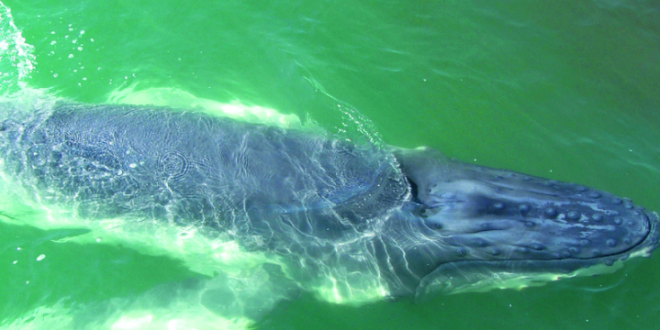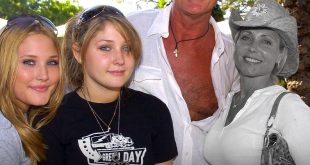Beneath the vast gray sky of the Pacific, a mother humpback whale drifted close to the surface, her breaths rolling out in gentle mist. Her body was immense, powerful, yet graceful as she labored in the water’s cool embrace. She had traveled thousands of miles to this warm, shallow sanctuary, seeking the calm waters where she could give birth to her calf.
The red cloud expanded, then dissipated, a transient mark of birth in the vastness of the sea. Tiny fish darted curiously toward it, drawn by the nutrients, while larger creatures kept a respectful distance. For them, this was an ancient, familiar signal of life’s renewal—a reminder of nature’s cyclical embrace.
The newborn calf instinctively swam toward its mother, who nudged it to the surface, helping it take its first breath of air. With that exhale, the calf’s life began, and the red stain in the water started to fade, a brief memory now scattering in the waves.
As mother and calf drifted together in those first moments, the ocean seemed to hum around them, the rhythm of the waves resonating with the rhythm of new life. The birth was over, the stain already dispersed, but the bond between mother and child grew stronger with every moment, ready to endure through migration, ocean storms, and the open seas.
 Viral Hatch US/UK No.1 News Portal
Viral Hatch US/UK No.1 News Portal







